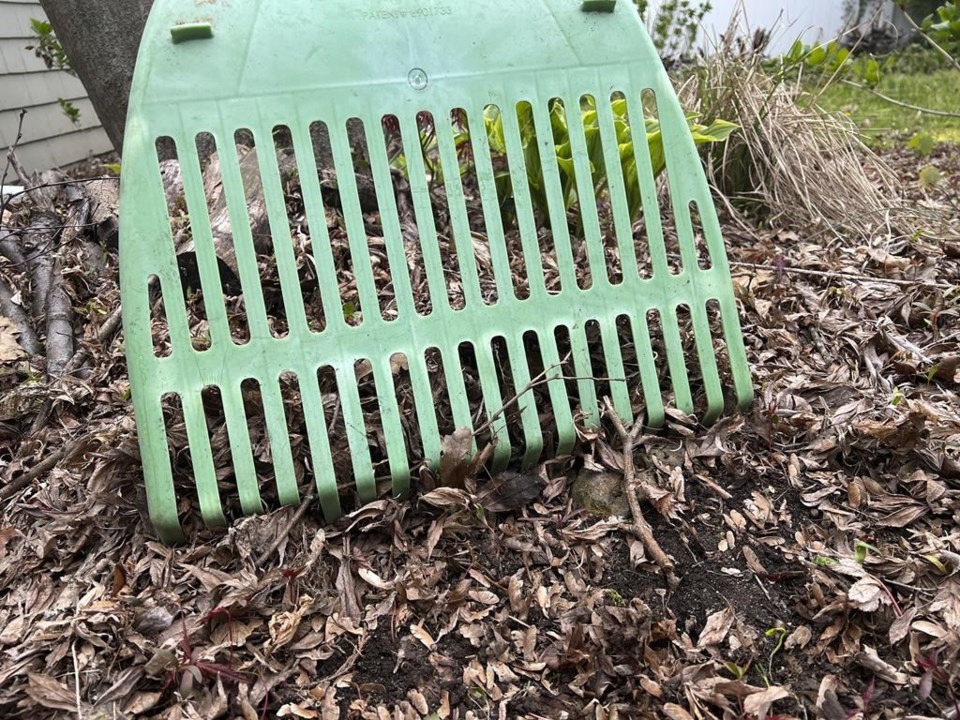When I was a kid, I used to help my mother clear leaves the old-fashioned way — with a rake.
These days, I don’t see many rakes in my neighborhood. It seems everyone has a leaf blower or a landscaper who uses one, often at ungodly hours, which disrupts humans as well as wildlife.
The near-constant cacophony has led many communities around the country to , which typically are louder than electric or battery-operated models, and pollute more, too. Some municipalities offer residents rebates or trade-in programs to .
HEALTH AND ENVIRONMENTAL WOES
The noise isn’t merely a nuisance. According to the U.S. Centers for Disease Control and Prevention, prolonged exposure to noise louder than 70 decibels may damage your hearing. Gas-powered leaf blowers can register as high as 100 decibels at the source (the levels decrease with distance).
Most electric models range from 59 to 70 decibels. For context, a motorcycle engine registers at about 95 decibels; normal conversation is around 50. And it’s worth noting that each 10 decibel increase is not merely 10 points louder but 10 times louder, so 80 decibels is a tenfold increase over 70.
Gas-powered leaf blowers also expel fumes and pollutants like carbon monoxide. Both gas and electric blowers stir up particulate matter, dust, mold, pollen, and pathogen-containing bird and animal feces into the air that we (and insects and wildlife) breathe. Folks with respiratory issues or allergies may be especially sensitive.
Both types also blow away mulch, contribute to soil erosion and disrupt delicate ecosystems. The soil depletion makes plants more vulnerable to disease and infestations, which could lead to higher pesticide usage.
The machines’ forceful blasts – which travel up to 200 mph, can displace, injure and kill pollinators and other insects. Birds, too, can become startled into changing their feeding, nesting and mating habits.
SO, WHAT TO DO?
Share this information with your friends and neighbors. If you hire a landscaper, express your concerns and ask them to use electric equipment. If enough people do that, the demand will hopefully effect change.
If you have the time and inclination, rake. On hard surfaces, use a broom. Those are sustainable alternatives that also provide good exercise and some peaceful time alone with your thoughts.
Clear the lawn, but consider in beds and borders.
Leaf sweepers, which operate like push mowers, capture and collect leaves, twigs and other garden debris in an attached bag. This offers an additional advantage over blowers, which simply move debris out of the way or into a pile that needs to be gathered before reuse or disposal. Electric models are also available.
If you must use a blower, opt for an electric or cordless rechargeable model as a cleaner, quieter compromise. The initial price tag might be higher, but you’ll quickly recoup the cost with savings on gas and oil.
And if a gas-powered model is truly your only option, do yourself, your neighbors, and the birds and bees a favor by running it sparingly and only at half-throttle.
—-
Jessica Damiano writes regular gardening columns for the AP and publishes the award-winning . You can for weekly gardening tips and advice.
___
For more AP gardening stories, go to .
Jessica Damiano, The Associated Press




